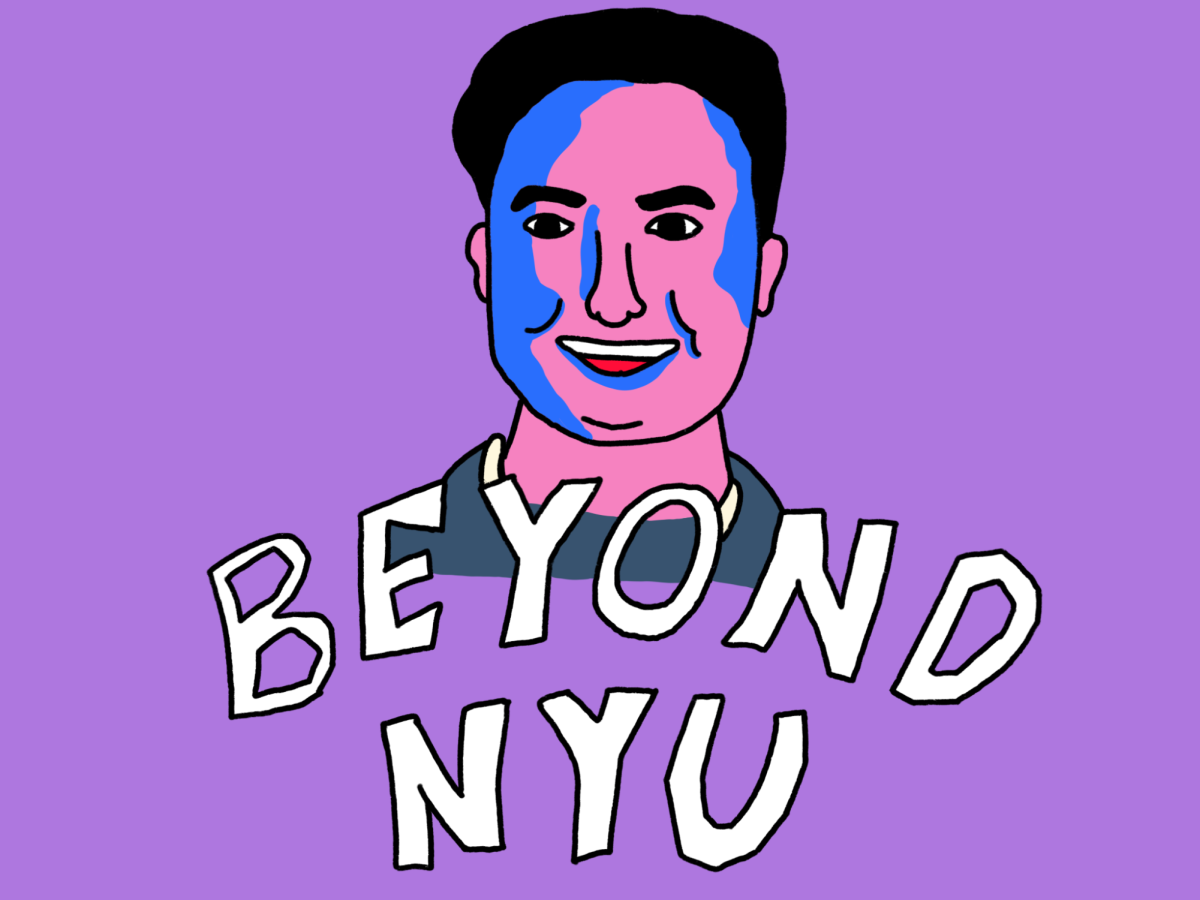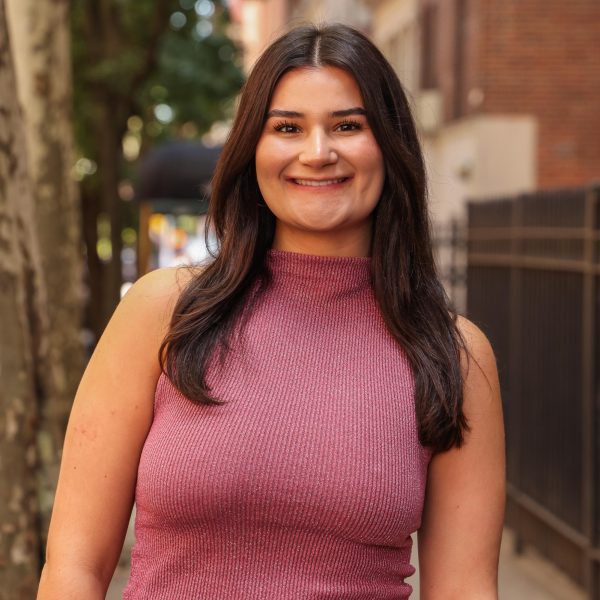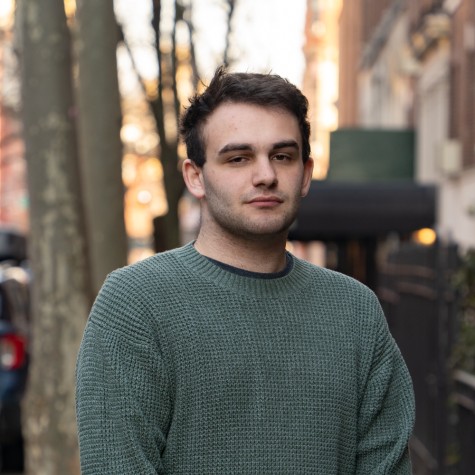When Tandon alum Miguel Guerrero was just 14 years old, he created a Minecraft server that was at one point considered the world’s largest. This was only the beginning of his entrepreneurial endeavors; Guerrero went on to co-found Otis AI, a company that creates marketing campaigns for small businesses.
Guerrero has always been exposed to the word of entrepreneurship, as both sides of his family operated small businesses. Driven by his family’s endeavors and his passion for Minecraft, Guerrero founded the MeepCraft Minecraft Server, a virtual economy within the game. After graduating from the Tandon School of Engineering in 2019, Guerrero co-founded Otis AI. Since then, his work earned him a spot on Forbes’ 2023 30 Under 30 list in the Marketing and Advertising category.
In an interview with WSN, Guerrero spoke more about creating MeepCraft, how he took advantage of opportunities at NYU and the impact of Otis AI.
This interview has been edited for length and clarity.
WSN: Could you share more about your journey in creating MeepCraft?
Guerrero: Originally, I started it because I enjoyed playing Minecraft. I was just playing with my family and a few friends on a private server, and I started to add capabilities into the server, things that are unique — like the economy, the town system and a virtual shop. It started to take off organically because we were posting on different forums and getting some organic traction. Eventually, after it grew to a certain size, we set up a revenue stream for the servers so that it could pay for further development and expansion and infrastructure costs.
As the revenue stream began to flow, Guerrero began to invest in more advertising and marketing campaigns, which involved securing sponsorships on various server lists. Guerrero also collaborated with influencers such as PrestonPlayz and MrWoofless, who made gameplay videos on his Minecraft server.
WSN: What challenges did you encounter when creating MeepCraft, and how did you maintain the server over an extended period of time?
Guerrero: The Minecraft server was a significant success and a very profitable, recurring revenue business, but I also made a lot of good mistakes because I was 14 years old when I started it. I had to learn so much about how to run infrastructure and make it scalable for users, but I also had to learn about business and interpersonal connections by doing business with others. Most of the people I knew were people that I had met online, and there’s a different level of trust that comes with that. Unfortunately, there were a few people that I worked with who ended up being scammers, but I learned a lot from those decisions because when you experience failure, there’s a lot more learning opportunities that can strengthen you in the next stage of your journey. Now, the server is still running, so it’s really a testament to the enduring nature of the Minecraft server and the strong community that MeepCraft has.
After the server’s success, Guerrero applied to Tandon as an Integrated Digital Media major. At NYU, he created the mobile processing app TABu — which allowed users to open and close bar tabs from their phones — with two other students at the university. The app was featured on the app-pitching television show Planet of the Apps. The only reason Guerrero and the other students behind the app did not follow through to the next round of funding was because they did not want to drop out of school to pursue the business.
WSN: How did your time at NYU shape your career?
Guerrero: Going to NYU was one of the best decisions I could have made because it really expanded my world and my opportunity. I’ve met people of all different backgrounds as well. The world has been opened by being part of an institution like NYU. Think about all the people that haven’t been part of that kind of experience or education that may not necessarily be able to meet their potential because they didn’t have the doors open for them. That’s something NYU really helped me with. Wherever anything goes in the future, I’ll definitely attribute a lot of the success to NYU and my early entrepreneurship experiences.
Guerrero met Clarence Williams through a mentor while attending NYU’s Summer Launchpad in 2018, which TABu was a part of. Williams and Guerrero worked to bring Otis AI to life, and by the time Guerrero graduated, he had successfully received the initial round of funding for the company.
WSN: What was it like to create Otis AI, and what has its impact been?
Guerrero: Part of the reason why we started Otis AI was because we wanted to take many of the enterprise-level marketing strategies and make them more simple and accessible for small and medium-sized businesses. COVID-19 catalyzed the transformation of small businesses, so having an online presence went from something nice to being necessary in the digital age. The impact of Otis AI is helping businesses reach their potential today. Small businesses are only putting a small amount of revenue — about 2% of their gross revenue — on digital marketing.
In 2023, Otis AI was selected for the Google For Startups Black Founders Fund, which awards up to $150,000 in cash and mentorship to top startups that have at least one Black founder on their team.
WSN: How have your earlier experiences brought you to where you are today?
Guerrero: My story and early trajectory have been, in many ways, not traditional. I’ve accumulated a breadth of different experiences that have been complementary in one way or another, and they don’t all fit together, but that’s valuable. People should not be afraid of trying new things. People should focus on investing in themselves, whether that’s having a decent lifestyle, investing in their education or investing in their network and connections, because the human capital component is going to drive their future career trajectory.
Contact Bruna Horvath and Jason Alpert-Wisnia at [email protected].

























































































































































